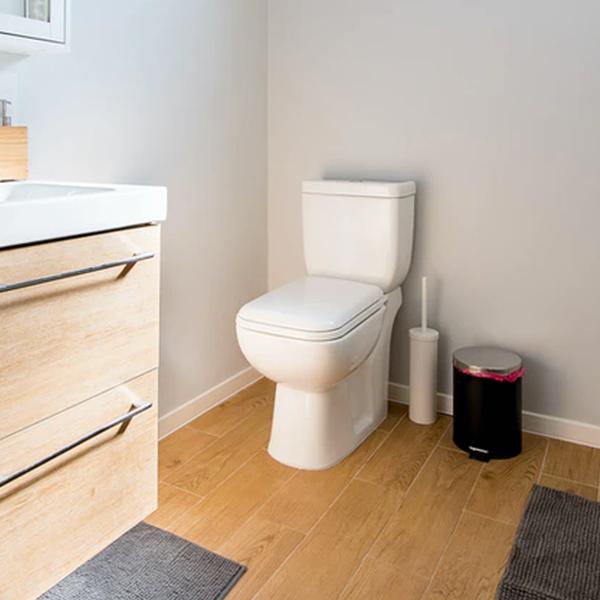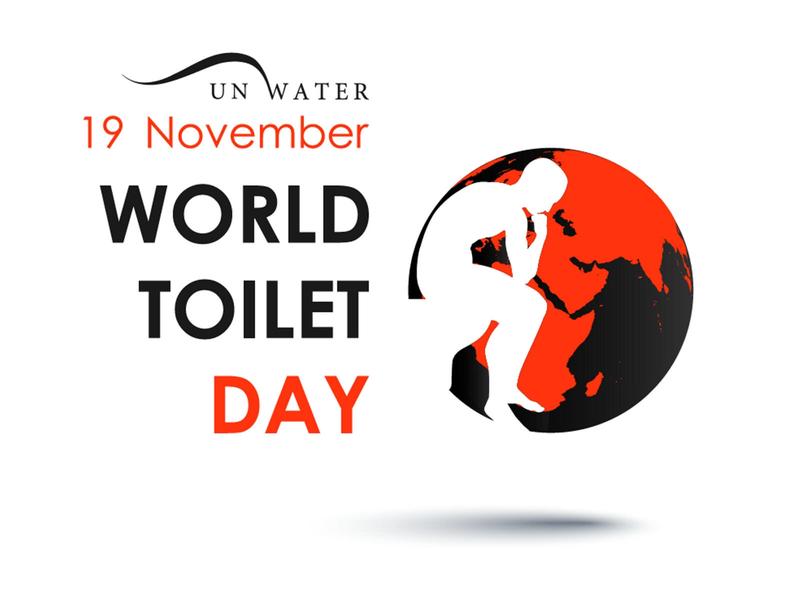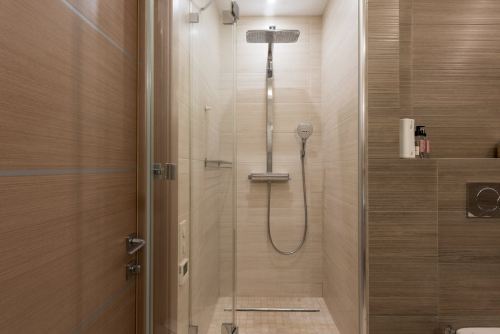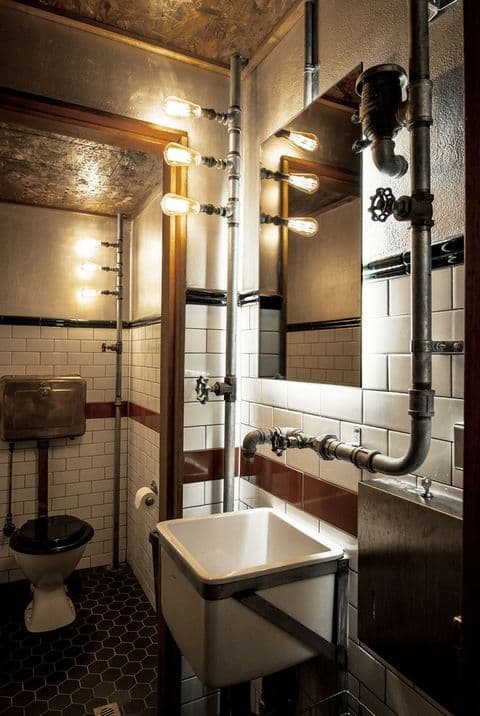World Toilet Day Will Bowl You Over
Believe it or not, toilets have an entire day on the calendar devoted to awareness. November 19, a Friday this year, is World Toilet Day. But, why would such an ordinary household device have a whole day dedicated to it every year?Without toilets and sanitation systems, our health, water resources and environment would face severe negative consequences. Throughout history and, even today, many diseases, illnesses and deaths have been caused by a lack of toilets and sanitary systems. The nearly incomprehensible truth is that more people in the world have phones than toilets.In fact, even in the U.S., it is a fairly current occurrence for toilets to be so easily accessible. In our recent history, 25% of U.S. homes still lacked indoor toilets and in some Southern states, that number topped 50% during 1950. Government legislation, health and environmental laws were enacted to improve our public health standards, which has now created a situation that has left many of us in the western world taking toilets for granted.New technologies and methods strive to improve our sanitary systems to make them more efficient. Toilets, which account for about 30 percent of a home’s indoor water use, also continue to evolve. Prior to the 1990s, toilets could use up to 6 gallons per flush. In the early ‘90s, federal law mandated that all toilets manufactured and installed had to have a 1.6 gallon flush. Now, you can get toilets that have a 1.28 gallon flush. These large strides have allowed us to severely cut back on water use in our homes while still providing us with everything we need.This does mean, however, that if you live in a home built before 1992, you may have old toilets that could be using up to six gallons per flush. Changing them to a 1.28 gallons per flush toilet would reduce your toilet water use by nearly 80%. When shopping for a toilet, be on the lookout for those that are labeled WaterSense, which a branded water efficiency program endorsed by the U.S. Environmental Protection Agency (EPA). Doing so can help you save water and money!Toilets improve public health, but they need to be kept healthy, too. Over time, toilets can start leaking and a leaking toilet can waste 1,000 gallons a day. When this issue arises, it is usually due to the toilet flapper, a rubber barrier inside the tank. A quick way to test if it’s leaking is to place a few drops of food coloring in the toilet tank. If the color shows up in the bowl within 15 minutes without flushing, you have a leak. After conducting this test, make sure to flush the toilet to avoid staining the tank. Thankfully, toilet flappers are easy and cheap to replace. Another way to keep our toilets and sanitation systems healthy is by ONLY flushing toilet paper. Any other products can create sewer backups that are often messy and costly. Yes, toilets and sanitary systems play a vital role in our daily lives, ensuring healthy living and protecting our natural resources. By maintaining our toilets and upgrading our old toilets, we, too, have a positive impact.Toho Water will be commemorating World Toilet Day on social media by raising awareness around the importance of toilets and sanitary systems. Regrettably, there are billions of people around the world living without toilets and sanitary systems. So, let’s remember to be grateful and not take toilets for granted. We hope you will join us in this worldwide campaign. To learn more, visit www.worldtoiletday.info.




